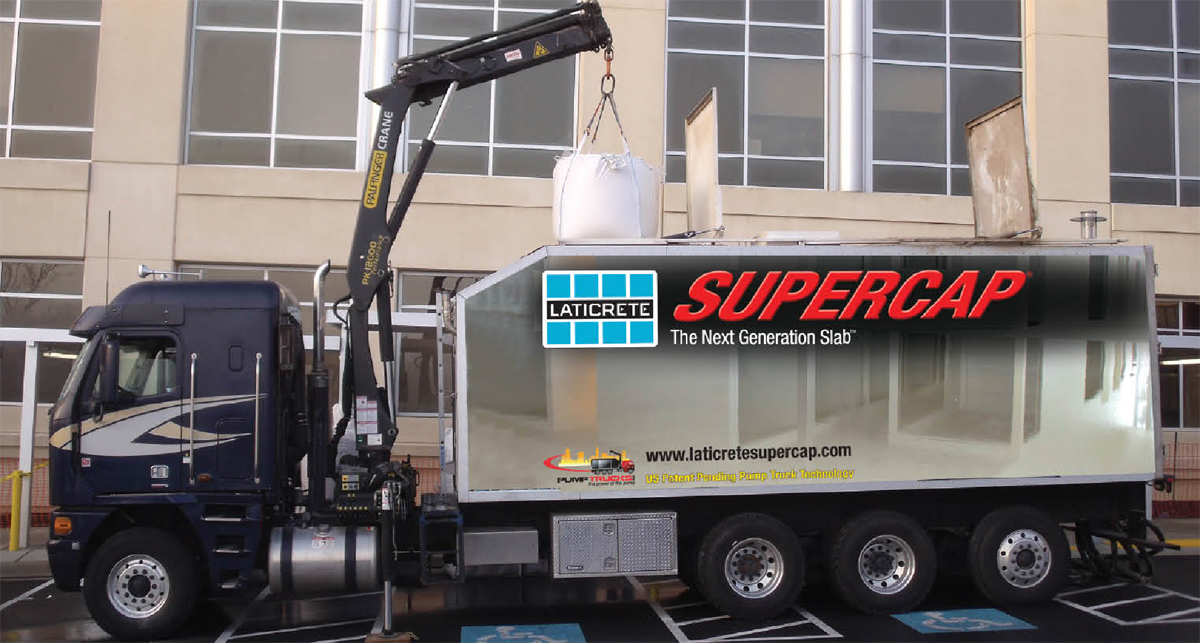World of Concrete 2012 wraps up Friday in Las Vegas and the show’s 50,000 attendees are optimistic and expect better days ahead.
One indicator of the concrete market is the annual Cement Outlook presented by Ed Sullivan, economist for the Portland Cement Association, Skokie, Ill. Cement consumption is expected to increase significantly in 2013, the first time an increase has been predicted in the past five years.
While his presentation focused primarily on the infrastructure, he noted there was a “tinge of optimism” for other markets including public utilities, industrial, and retail sectors.
By 2017, cement consumption is expected to reach levels last recorded in 2005. “The construction market is in a 12-year peak-to-peak recovery,” said Sullivan. A number of factors, including a reduction in office vacancy rates as well as unemployment rates must come to fruition before the construction market sees a significant recovery, says Sullivan.
"Jobs will determine the growth rate in the economy and also shorten the healing process," Sullivan said. "The more jobs, the more recovery at the state level, the more construction spending."
A host of GCs and concrete contractors noted an increase in residential and commercial business, however their profit margins are expected remain small in 2012.
Meanwhile, WOC 2012 exhibitors rolled out a series of new products. Maxwell Systems showcased its new construction management software; ProSpec introduced a new high-strength grout that contributes to LEED credits; and Laticrete introduced their Supercap Pump Truck, a mobile blending unit that can deliver up to 15 tons of material per hour. BD+C
Related Stories
| Nov 1, 2010
John Pearce: First thing I tell designers: Do your homework!
John Pearce, FAIA, University Architect at Duke University, Durham, N.C., tells BD+C’s Robert Cassidy about the school’s construction plans and sustainability efforts, how to land work at Duke, and why he’s proceeding with caution when it comes to BIM.
| Nov 1, 2010
Vancouver’s former Olympic Village shoots for Gold
The first tenants of the Millennium Water development in Vancouver, B.C., were Olympic athletes competing in the 2010 Winter Games. Now the former Olympic Village, located on a 17-acre brownfield site, is being transformed into a residential neighborhood targeting LEED ND Gold. The buildings are expected to consume 30-70% less energy than comparable structures.
| Oct 27, 2010
Grid-neutral education complex to serve students, community
MVE Institutional designed the Downtown Educational Complex in Oakland, Calif., to serve as an educational facility, community center, and grid-neutral green building. The 123,000-sf complex, now under construction on a 5.5-acre site in the city’s Lake Merritt neighborhood, will be built in two phases, the first expected to be completed in spring 2012 and the second in fall 2014.
| Oct 21, 2010
GSA confirms new LEED Gold requirement
The General Services Administration has increased its sustainability requirements and now mandates LEED Gold for its projects.
| Oct 18, 2010
World’s first zero-carbon city on track in Abu Dhabi
Masdar City, the world’s only zero-carbon city, is on track to be built in Abu Dhabi, with completion expected as early as 2020. Foster + Partners developed the $22 billion city’s master plan, with Adrian Smith + Gordon Gill Architecture, Aedas, and Lava Architects designing buildings for the project’s first phase, which is on track to be ready for occupancy by 2015.
| Oct 13, 2010
Editorial
The AEC industry shares a widespread obsession with the new. New is fresh. New is youthful. New is cool. But “old” or “slightly used” can be financially profitable and professionally rewarding, too.
| Oct 13, 2010
Test run on the HP Z200 SFF Good Value in a Small Package
Contributing Editor Jeff Yoders tests a new small-form factor, workstation-class desktop in Hewlett-Packard’s line that combines performance of its minitower machine with a smaller chassis and a lower price.
| Oct 13, 2010
Prefab Trailblazer
The $137 million, 12-story, 500,000-sf Miami Valley Hospital cardiac center, Dayton, Ohio, is the first major hospital project in the U.S. to have made extensive use of prefabricated components in its design and construction.
| Oct 13, 2010
Thought Leader
Sundra L. Ryce, President and CEO of SLR Contracting & Service Company, Buffalo, N.Y., talks about her firm’s success in new construction, renovation, CM, and design-build projects for the Navy, Air Force, and Buffalo Public Schools.














